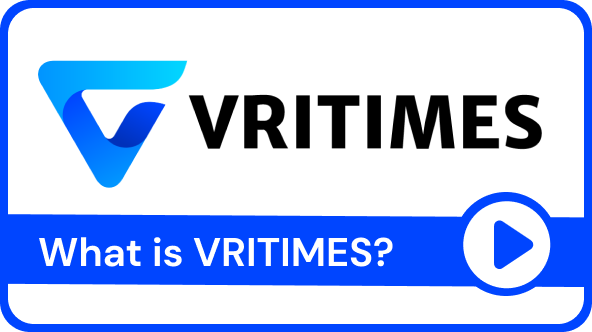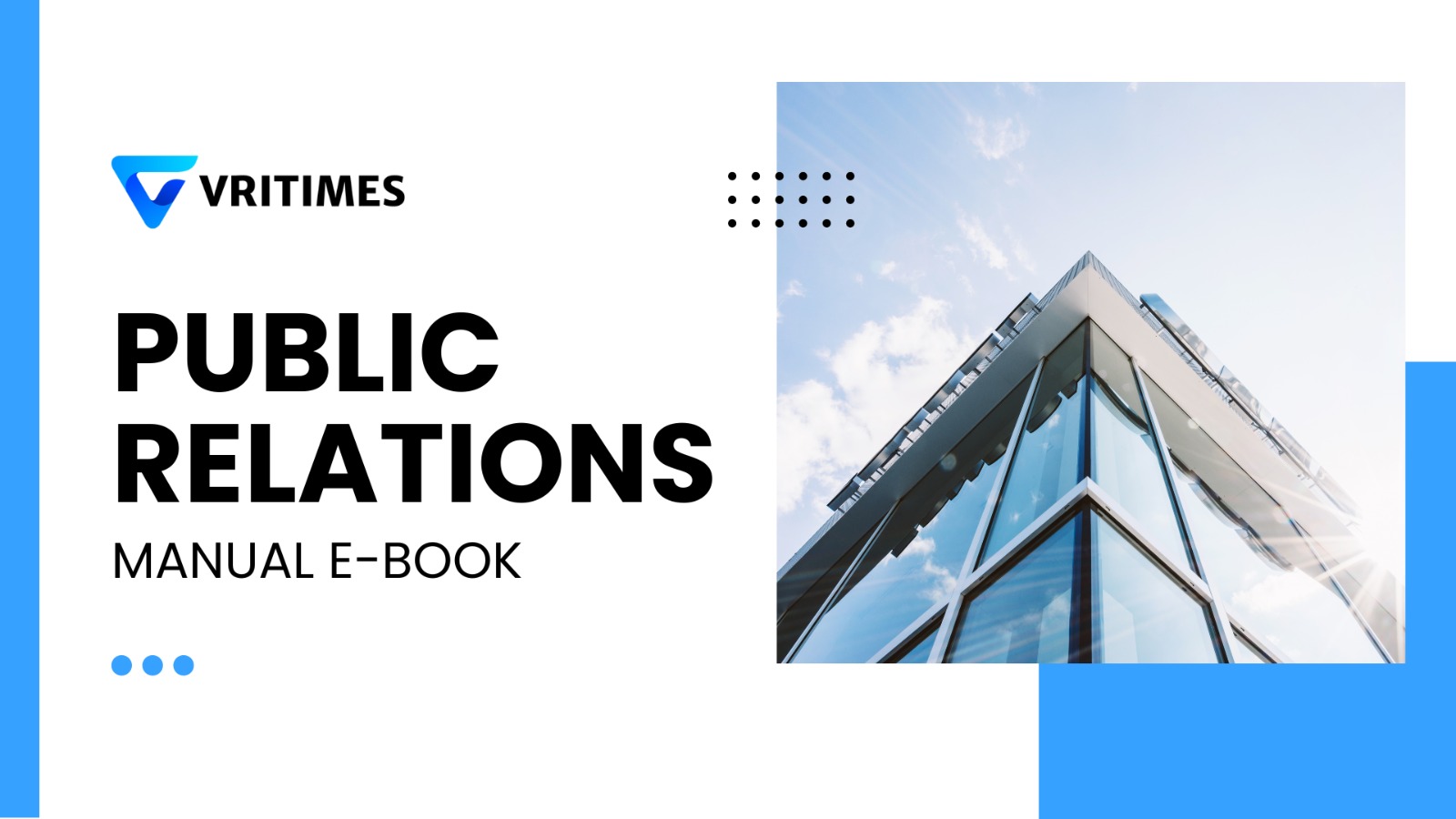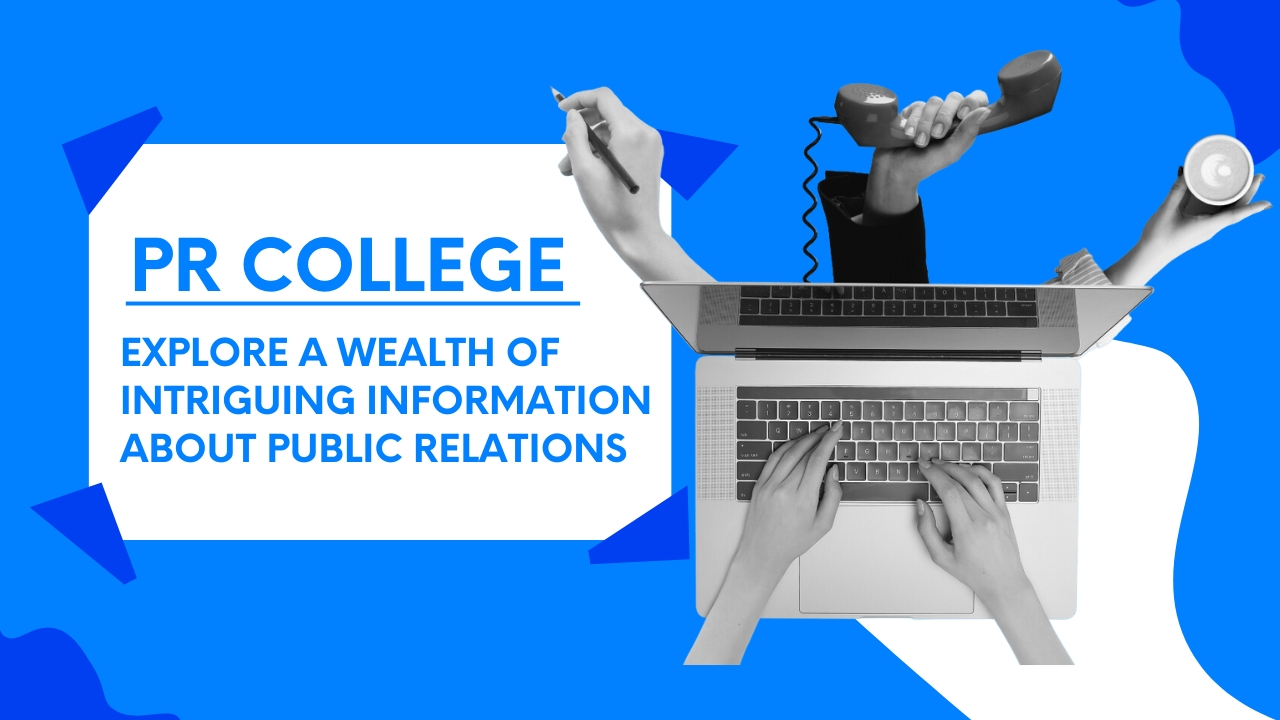/ 5 Steps to Develop a PR Risk Governance Framework
5 Steps to Develop a PR Risk Governance Framework

Risk management is one of the functions of public relations (PR). While designing a PR campaign, a company needs to develop a PR risk governance framework to efficiently handle any crisis that may occur.
PR risk governance framework is a set of guidelines that the PR team uses to deal with any PR risks in a consistent and effective manner. To get this framework, the PR team needs to identify, assess and manage the potential risks that may affect the reputation and credibility of the company and its stakeholders.
5 Steps to Develop a PR Risk Governance Framework
Here are some of the best practices for developing a PR risk governance framework that will help you protect a company's image and reputation:
1. Identify and Analyze Potential Risks
The first step in the risk management process is to identify the potential risks that may arise during a PR campaign. Some of the risks that may occur are: environmental risk, market risk and legal risk.
A risk management software allows the PR team to insert these risks, which makes it visible to every stakeholder and leader in the company with access. This can speed up the identification process. For example, the relevant functions can directly view the necessary reports without having to request them via email.
Once identified, risks need to be analyzed to determine their scope and potential impact. Major risks can bring the business to a standstill, while minor risks may only cause minor inconvenience to the company's business processes.
Map the risks to different procedures and business processes to understand the far-reaching impact of each risk and each process that needs to be taken. This can be done using qualitative and quantitative methods such as: audits, interviews, metrics or surveys.
2. Engage Stakeholders
Communicate clearly to internal and external stakeholders about the PR risks and how you plan to manage them. Be sure to listen to their concerns and expectations. Consider these concerns and expectations when developing risk responses and mitigation plans.
They may also have other alternatives to consider. Doing so will maintain your stakeholders' trust in your organization.
3. Define Roles and Responsibilities
The next step is to establish clear roles and responsibilities in PR risk management based on each competency. Determine who is responsible for each process and activity.
Then assign ownership and authority for risk decisions, and make the escalation and reporting process clear. This will foster a healthy culture of collaboration and communication between the PR team and relevant functions.
4. Develop PR Risk Responses and Mitigation Plans
Next, develop the appropriate PR risk responses and mitigation plans. To get the right response, design it based on the level of urgency and severity. Do your best to implement the response that will prevent or at least minimize the PR risks. This can be a guideline for employees or a policy for customers.
5. Evaluate and Improve
The final step is to monitor and evaluate the results and impact of your PR risk responses through audits. Pay close attention to all risk factors. If your company uses risk management software, make sure it is working so that any changes are visible to all responsible parties.
This will ensure the effectiveness and efficiency of your PR risk governance framework. It may not be perfect the first time, but you can learn many lessons and improve your PR risk management practices.
Conclusion
Proper PR risk management is important to build and maintain a company's credibility and the public's trust in that company. That is why a PR risk governance framework is needed. Follow the 5 steps above to develop the right framework.







